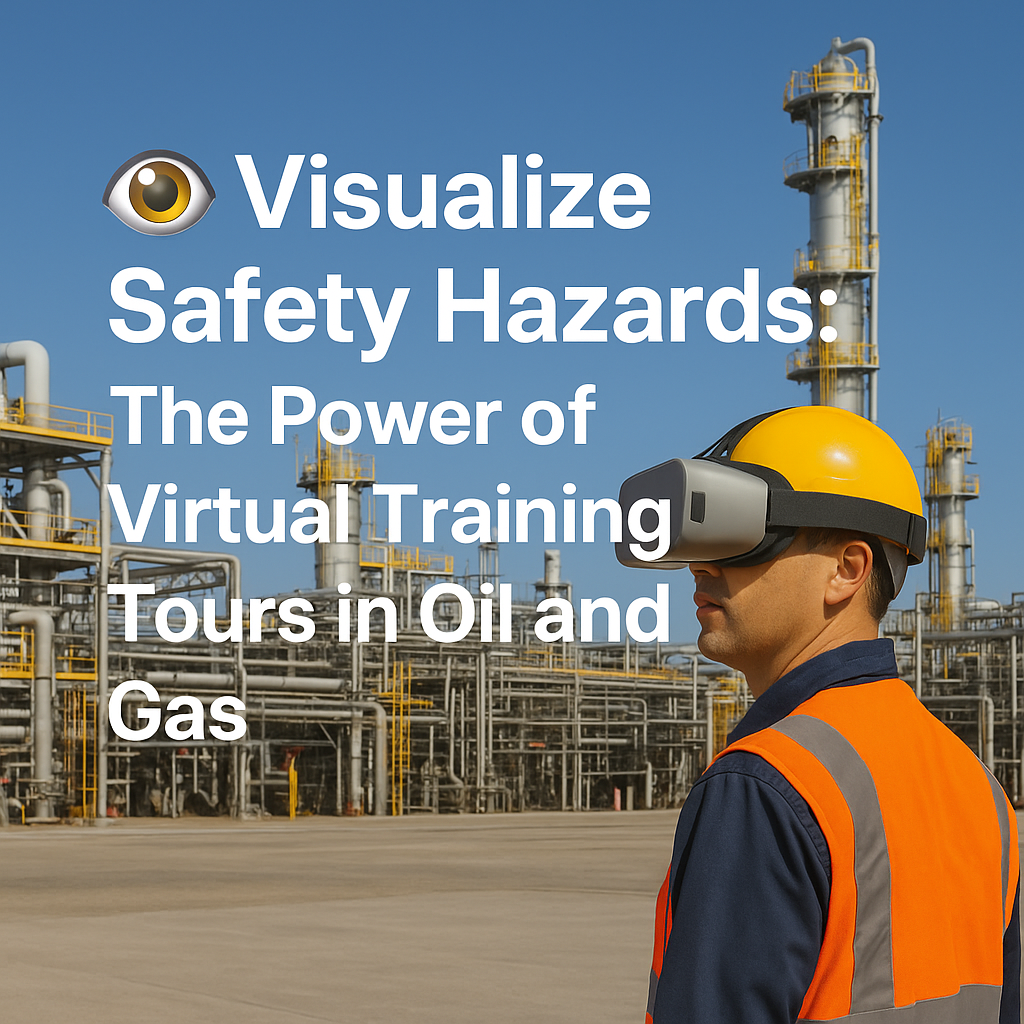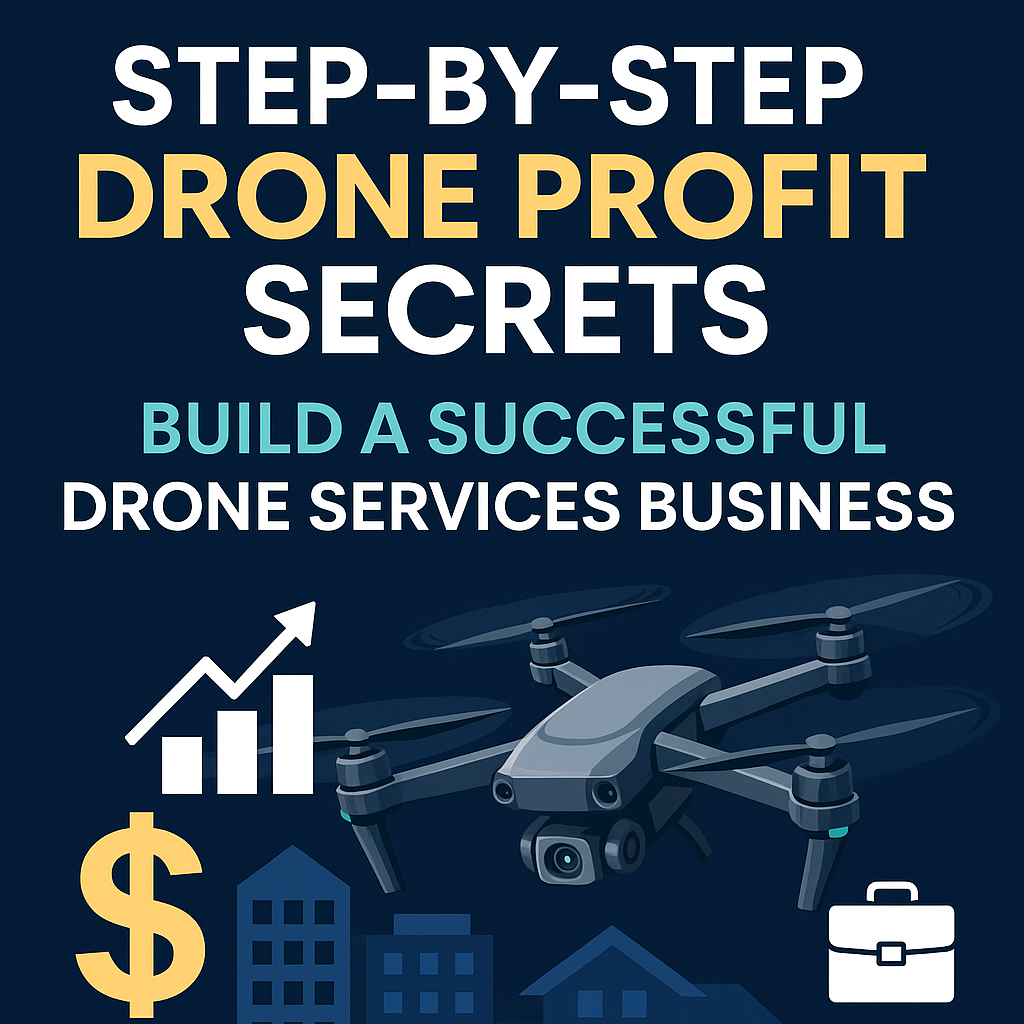👁️ Visualize Safety Hazards: The Power of Virtual Training Tours in Oil and Gas
In oil and gas, it only takes one missed hazard to cause a catastrophic incident. ⚠️ From chemical exposure to high-pressure equipment and fall zones, the risks are real — and costly.
So how can companies improve hazard awareness, especially for new hires and rotating contractors?
The answer: virtual training tours. 🖥️👷♂️
These interactive 360° experiences help workers visualize job-site hazards, understand safe operating procedures, and mentally rehearse emergency response — all before they arrive on-site.
In this post, we’ll break down how virtual safety tours help teams see danger before it strikes, reduce incidents, and meet compliance standards — with links to other oilfield safety articles throughout.
🔥 Why Hazard Awareness Matters More Than Ever
The oil and gas industry consistently ranks among the most dangerous sectors. According to OSHA, hazard miscommunication contributes to:
- 🧯 60% of confined space fatalities
- 🔥 70% of chemical mishandlings
- ⚡ Countless electrocution or pressurized system accidents
Training workers to read their environment — not just follow rules — is the true key to safety.
🔗 Related: Top Benefits of Virtual Tours for Safety of Oil and Gas Workers
👓 What Are Virtual Training Tours?
A virtual training tour is an immersive 360° walkthrough of a real oil and gas site (like a well pad, refinery, or offshore rig). Workers can:
- Explore the environment interactively 🔄
- Identify hazard zones via on-screen icons 🚧
- Watch embedded safety videos 🎬
- Complete quizzes to test knowledge ✅
It’s hazard training that’s realistic, scalable, and consistent.
🔗 Dive deeper: Virtual Tours for Oil and Gas Safety Training: What You Need to Know
🛠️ Key Hazard Scenarios Visualized in Virtual Tours
☠️ 1. H2S Gas Zones
Hydrogen sulfide is deadly — and odorless in high concentrations.
Virtual tours help workers:
- Learn exact H2S boundary zones
- Spot detector placements
- Practice response steps and PPE protocols
🔗 See it in action: How 3D Virtual Tours Improve Hazard Awareness in Oil and Gas Sites
🔋 2. Lockout/Tagout (LOTO) Procedures
Interactive guides walk workers through:
- Electrical panel shutoff locations
- Lock stations
- Tag protocols
- Emergency override training
🔗 Related: Step Into Safety: Virtual Tours for Oil and Gas Industry Training
🧯 3. Fire Zones & Evacuation Routes
Prepare your team before it’s too late:
- Identify fire suppression systems
- Simulate evacuation paths
- Rehearse muster zone entry
🔗 Explore more: Virtual Safety Walkthroughs: A Game Changer in Oil and Gas Training
🧗 4. Fall Protection Areas
Falls from heights are a leading cause of oilfield injuries.
Virtual tours can:
- Highlight elevated platforms and ladders
- Display fall hazard signage
- Include PPE demos with embedded videos
🔗 Learn more: Boost Safety Compliance with 360° Virtual Training in Oil and Gas
👨🏫 Real-World Use Case: New Hire Hazard Simulation
At a shale operation in West Texas, a company rolled out virtual training tours for its new hires.
Results:
- 47% faster onboarding time 🕐
- 63% improvement in hazard ID scores on post-tour tests ✅
- 0 reported incidents in the first 90 days 🚫
By showing, not just telling, the site layout and hazards, new workers were mentally prepared before ever clocking in.
🔗 Related: Preparing New Hires with Oil and Gas Virtual Safety Orientation Tours
🧩 Integrating With Safety Programs
Virtual tours fit seamlessly into:
- ✅ Learning Management Systems (LMS)
- 📱 Mobile safety training apps
- 🧾 Compliance documentation workflows
- 🧠 Toolbox talk refreshers
Many companies embed tours into pre-job planning or tailgate meetings — especially for high-risk tasks.
🔗 Explore: Train Your Oil and Gas Workforce Remotely with Interactive Virtual Tours
🧠 Bonus: Combine Virtual Tours + Digital Twins
Imagine combining your 360° virtual tour with live sensor data from your site. This gives trainees contextual awareness — like:
- Live temperature readings 🌡️
- Real-time pressure warnings 💥
- Active hazard status icons 🚨
🔗 Learn more: Digital Twins and Safety: Virtual Tour Integration in Oil and Gas Training
🔑 How to Get Started
📸 1. Capture Your Site
Use 360° cameras like:
- Insta360 X3
- Ricoh Theta Z1
- GoPro Max
Focus on:
- High-risk areas
- Emergency exits
- Equipment zones
- Confined spaces
🖥️ 2. Build the Tour
Platforms like CloudPano allow you to:
- Upload panoramas
- Add interactive hotspots
- Embed training modules
- Track completions and certifications
👩💼 3. Assign to Teams
Include virtual tours in:
- Orientation packages
- Safety refreshers
- Pre-job planning checklists
- Contractor onboarding portals
🔗 Related: Oilfield Training Reimagined: Safety Simulations Through Virtual Tours
✅ Final Thoughts: See the Danger Before It Happens
Hazard awareness isn’t just about reading signs — it’s about recognizing danger in context. With virtual safety training tours, oil and gas teams can:
- Visualize hazards before stepping foot on-site 👣
- Rehearse emergency responses under zero risk conditions 🚨
- Standardize training across global job sites 🌍
- Reduce incidents and save lives 🛡️
It’s time to empower your workforce with sight-based safety training that sticks.














.png)



.png)





.png)

.png)





